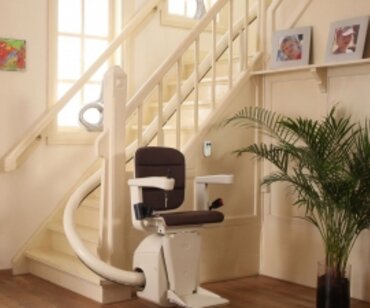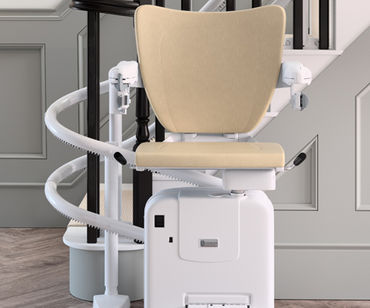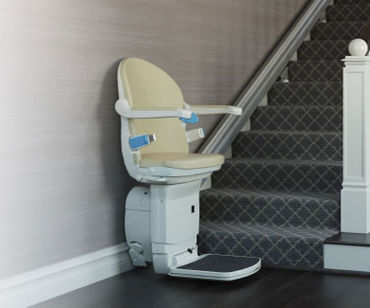How to create a sleep sanctuary
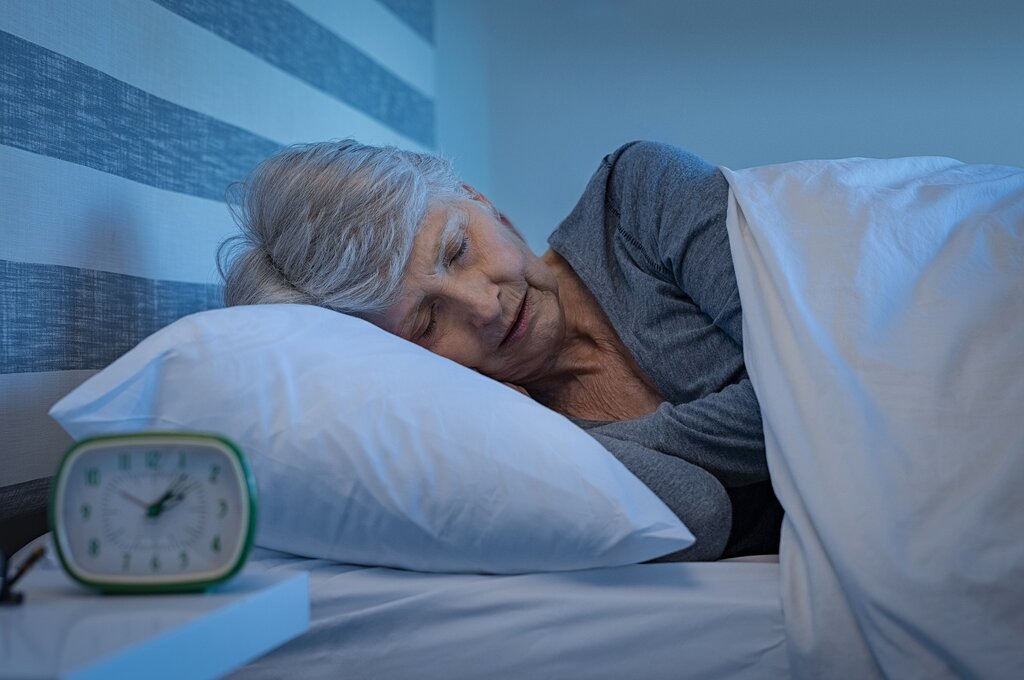
Your bedroom should be a place where you can retreat after long and stressful days to recharge, unwind, rest and most importantly sleep. Getting sleep is important and it can be hard to come by, but something that can be overlooked is whether your bedroom is set up to allow you to get a good night’s sleep.
The problem could be something as simple as not pausing to think about your bedroom’s environment in terms of how it looks, feels, smells and what you keep in it as it could be having a bigger impact on you than you thought.
In this guide, we share some thoughts, advice and tips from experts about the things you can do to make your bedroom a sleep sanctuary.
Tips to create a room that is a sleep sanctuary
- Consider the interior design of your room
- Ensure your bedroom keeps out light
- Declutter your bedroom
- Don’t have a TV in your room
- Buy a comfortable bed
- Use smart technology
- Keep external noise out of your bedroom
- Ensure your room has good air quality
Consider the interior design of your room
Something that may not initially spring to mind when you think about ways to create a bedroom that is a sanctuary for sleep is to consider its interior design, but this can make a huge difference to whether you sleep well or struggle to dose off.
Dr M.K. Rasmussen, who is the Director of the Behavioral Sleep Medicine Program at the Centre for Sleep, speaks about how the interior design of your bedroom can make a huge difference.
“The goal of interior design is to create a bedroom that reflects your personal taste and criteria, makes you feel at ease at bedtime and promotes sleep.”
Below she reveals some tips that the Centre for Sleep share with people struggling to sleep:
- Warm, softer, colours for walls, floors, furniture, and bedding. If you have a limited budget use accent items to colour your room i.e., bedding, a rug, or wall art.
- Furniture: should match the size of your bedroom so you have space to move i.e., a mattress.
- Vertical space or under bed storage frees up space so you can have nightstands or a chair in the room.
- Organized drawers: this makes it easier to get ready in the morning.
- A clear path to the bathroom: can decrease the risk of tripping in the dark.
- Choose significant items: pictures of friends/family, sentimental objects, or meaningful art creates an inviting place where you can unwind and feel at home.
If you have mobility issues meaning you need a curved stairlift or another mobility aid such as a wheelchair, you will need to think about your room being spacious enough to move around in.
Ensure your bedroom keeps out light
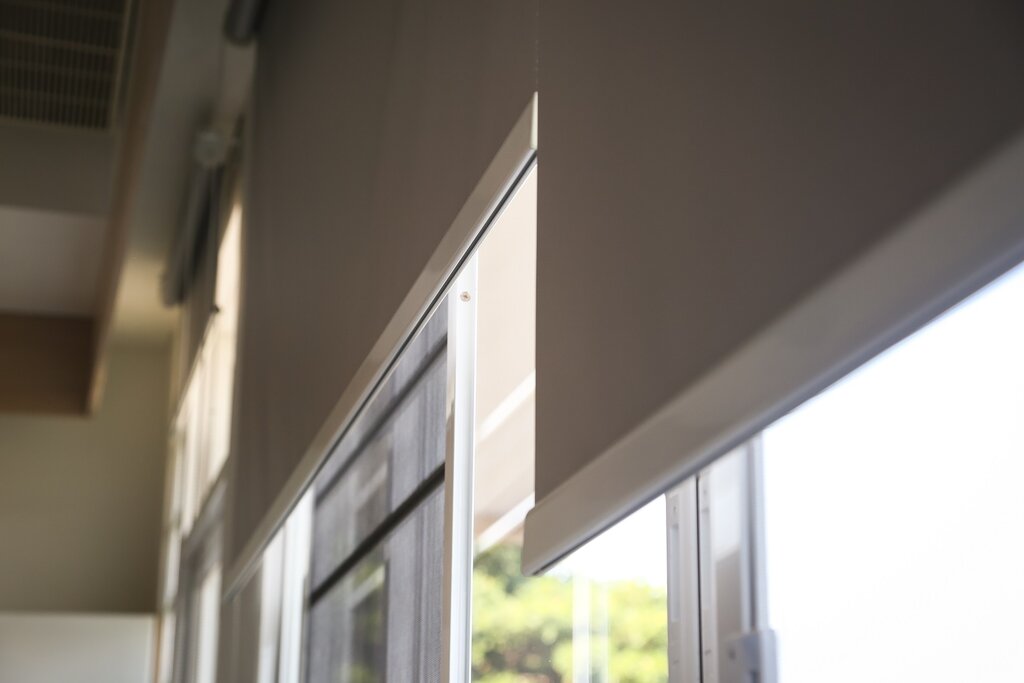
This tip might seem obvious but a bedroom that lets in too much light is a common complaint for people up and down the UK. If you struggle to sleep the last thing you want to do is have curtains or blinds that let in too much light early in the morning or late at night during the summer months.
This is something that sleep expert Dave Gibson, who is the author of The Sleep Site, says is a vital step when it comes to making your bedroom a sleep sanctuary.
“Ultimately when you are looking to create the perfect bedroom for sleep it needs to be cool, dark and quiet like a cave. The absence of light is a key trigger for sleep, with morning light waking us up. Blackout blinds are great for blocking light from outside. Keeping lights dim (or red) in the bedroom helps too. The ideal temperature for sleep is quite cool around 65 degrees F (18.3 degrees C). Having crisp sheets, a tidy bedroom, and lavender scent can also aid sleep.”
Jenni Grainger, who is the writer behind the Chilling with Lucas blog also thinks it’s vital that your room provides darkness.
“In order for your body to fully relax, you must have darkness. If you have light coming in from your windows or glowing at you through the curtains, your body will not be able to shut down properly, and you will be stuck laying there waiting for sleep to find you.”
Declutter your bedroom
Lots of clutter in your room can actually keep you awake and can cause anxiety and remind you of all the chores that you have to complete, so it’s best to keep your bedroom as clean and as clear as possible.
If you suffer from mobility problems and need mobility aids such as a stairlift or other walking aids to get around your home, then ensuring your room doesn’t have stuff laying around will not only help you sleep but will reduce the number of potential trip hazards.
If you are looking to declutter your room then there are a number of ways you can do this and this ranges from packing away out-of-season clothes, picking up items from the floor, decluttering bedside cabinets and cupboards, removing any unnecessary furniture and getting rid of broken items.
Don’t have a TV in your room
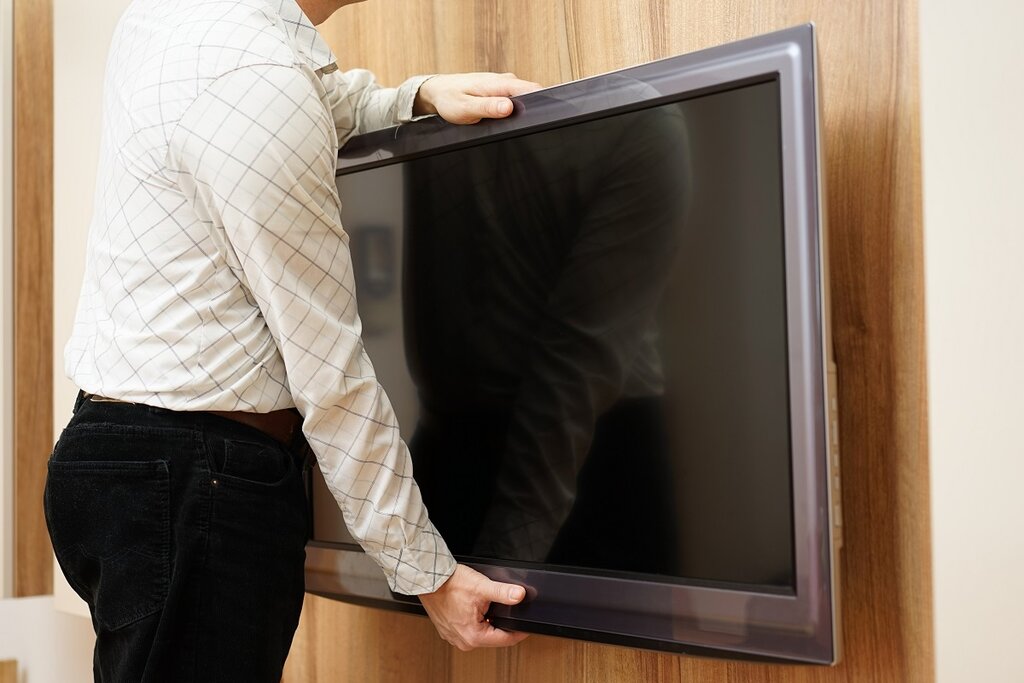
Your bedroom should be a place for sleep and when your room is set up so it is conducive to this, your brain creates an association with the bedroom that it is an area for rest and rest only. Any activities outside of this need to be kept out of the bedroom such as watching TV, exercising or working from this room.
TV or computer screens can keep you awake and watching TV or using a laptop or mobile phone can increase anxiety and make it harder for you to fall asleep.
Dr Dan Gartenberg, the CEO of SleepSpace, said taking a TV out of your bedroom is one great tip to follow if you are struggling to get to sleep. He said: “One of the tricks to healthy sleep is to associate the bedroom with sleeping. In sleep science, this is known as stimulus control and one way we do this is by saving the bedroom for sleep (no TV in bed). This is especially important for people who have problems falling asleep and staying asleep.”
This is backed up by Dave Gibson from The Sleep Site: “Above all don’t use your mobile phone in your bed. This is associated with disrupted sleep. Even if use the night-time setting/blue light filters (which all tech emits and stops Melatonin, the sleep hormone, from working), the stimulation of using tech stops us getting to sleep on time.”
Buy a comfortable bed
Comfort is key to a good night’s sleep, and not only should your mattress be comfortable, but your bedding should also be as well. Your mattress and pillows should provide support to your neck and back and investing in quality bedding is certainly worth it, especially when you think about how much time you spend sleeping.
When it comes to your bedding, you shouldn’t just consider whether it is comfortable, you also need to think about choosing sheets that are breathable. When the weather is warm, you need to have sheets that allow your core body temperature to drop as that helps you fall asleep. Studies show that the ideal bedroom temperature at night is around 60 to 71 degrees Fahrenheit (15.6 to 22.0 degrees Celsius). Cotton sheets are often a good choice for those of you who regularly find that you are waking up because you are too hot and sweaty.
Jenni Grainger from Chilling with Lucas says: “Make sure your bed is as comfortable as possible, buy the best quality bedding you can afford, it’s an investment that lasts a long time and is used every night.”
Use smart technology

One way you can ensure that you are not getting too much exposure to light, or to train your body to adjust to some light exposure in order to help you sleep better, is to use smart lights and smart technology.
This is something that SleepSpace’s Dr Dan Gartenberg recommends: “But anyone can improve their sleep through simple changes to their bedroom environment. The bedroom should be a cool, quiet, and dark habitat.
“Another way to think about this is that we can improve upon our body's exposure to sound, light, and temperature such that we get a deeper sleep. For example, we weren't meant to get exposed to blue lights before bed so me and my sleep partner have a ritual of setting smart lights to turn from an orange hue to a red hue until we gradually dim them out at bedtime. This gives photoreceptors in our eyes the right signals for going to bed and emulates the natural process of a sunset.
“With COVID-19 forcing us inside more, having a smart home environment like this is becoming increasingly more essential. Me and my sleep partner then have a ritual of reading in a separate, red-lit, room for 30 minutes until we start to hear ocean waves playing from our smart home system I've set up. The ocean waves then cue us that it's time to go to bed and we move into the bedroom area when we are tired. If we aren't tired, we might push the bedtime back a bit.
“By setting a smart alarm based on our circadian rhythms and sleep needs, we gradually awaken with birds, so we don't get that jolting feeling in the morning. If I'm tired in the morning, then I might want to snooze, and I simply lift my phone to snooze it (without having to open my phone). Integrating the phone into using wearables and enhancing sleep with sound, light, and temperature is the way I believe we will all be sleeping in the future.”
Keep external noise out of your bedroom
In a perfect world your bedroom would be completely quiet and would keep out any external noise, but unfortunately, the majority of people are not quite so lucky.
However, there are lots of things you can try and Dr M.K. Rasmussen from the Centre for Sleep shares some tips you can follow.
- White/pink noise machine.
- Ambient sounds or soothing music: may also alleviate anxiety and ease physical pain.
- Noise-blocking curtains
- HEAROS Xtreme Protection earplugs
Ensure your room has good air quality
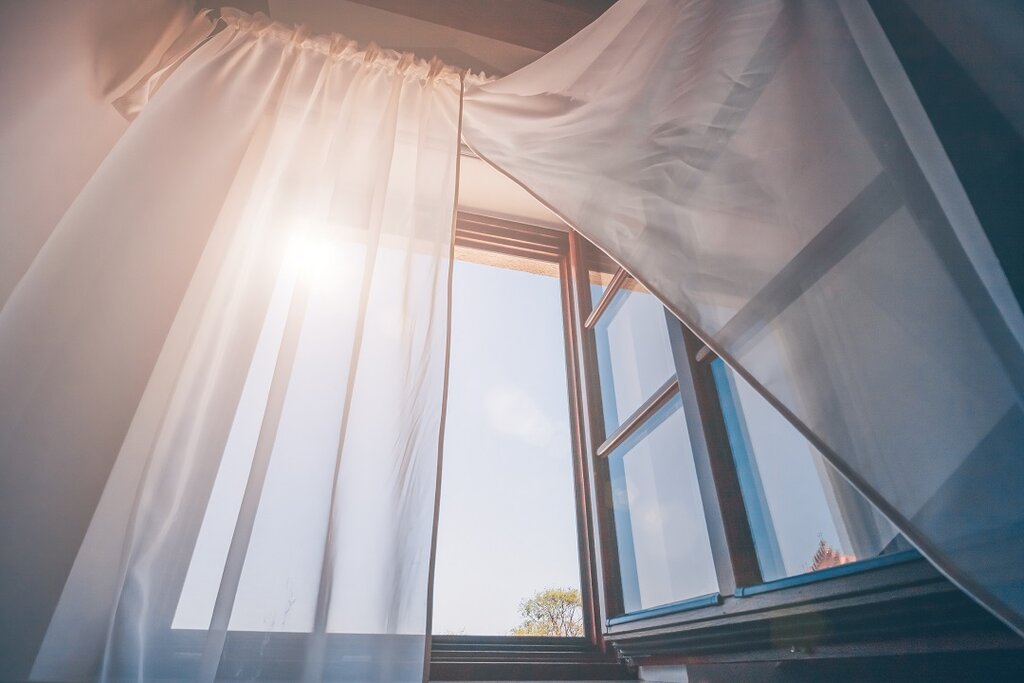
Good air quality is associated with better sleep as mould can cause insomnia and a feeling of tiredness and sleepiness during the daytime.
The Centre for Sleep shared some recommendations you can try to ensure your room has good air quality.
- Humidity/mould: open a window or ensure good ventilation and clean your room and bedding regularly to reduce dust mites (small arthropods that trigger allergies).
- Allergies: see your GP and/or use hypoallergenic bedding or an air purifier to remove pollen and dust.
- Dry winter climates: use a humidifier.
- Oxygen producing plants: Calla Lily or Spider plant.
Other tips to help you sleep
There are lots of other tips you can personally try to help you get a better night’s sleep which isn’t to do with improving your room.
Jenni Grainger recommends cutting down on caffeine and making a checklist. She said: “Cut down on caffeine, instead of a caffeinated drink, try de-caff versions, malted milk or herbal tea. Camomile tea is fab for easing insomnia and anxiety.
“Jot down what you are thinking about. If you are thinking about what you need to do tomorrow or what is worrying you, write it down. Get it off your chest, pop it on paper and put it in the drawer until tomorrow.”
The Sleep Site says that meditation is something that you can try in order to put you in a relaxed state which should help you sleep better. Dave Gibson adds: “Other things to consider if you are having trouble switching off is to try meditation, and relaxation techniques involving deep breathing and letting go of tension. Getting exercise will improve your deep sleep and consider cutting out caffeine too if you are having trouble sleeping – or at least stop at lunchtime.”
From decluttering and interior design to a comfortable bed and making a space dark, this article shares recommendations from sleep experts about how to create a sleep sanctuary.
For more tips, guides, and advice, make sure to visit our news page.
This news article is from Companion Stairlifts. Articles that appear on this website are for information purposes only.

